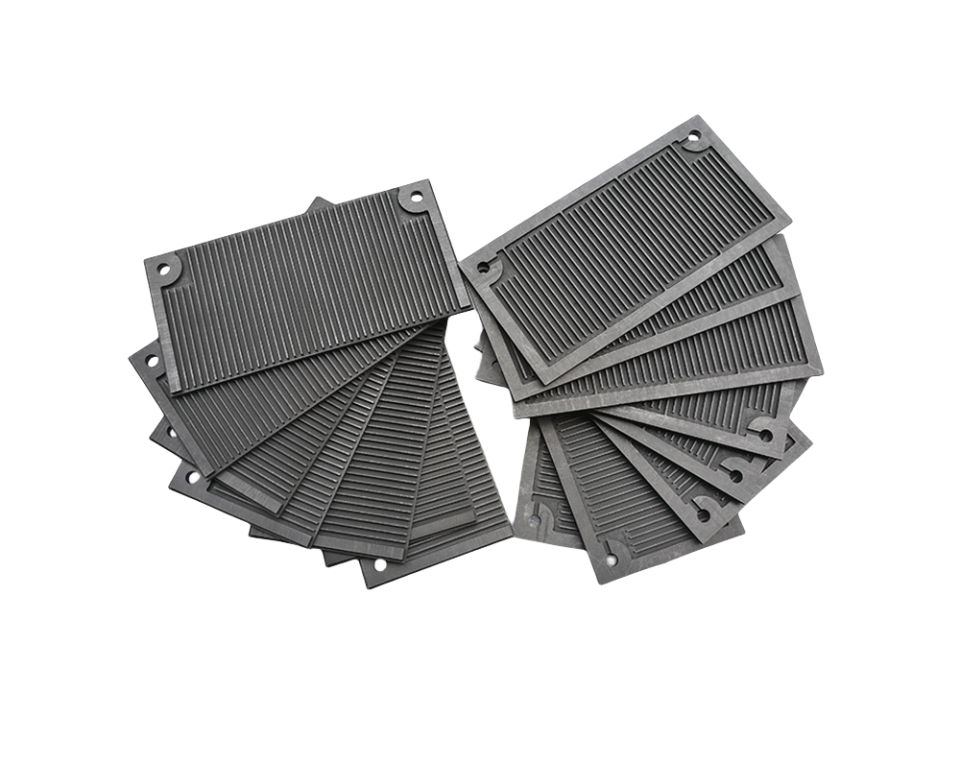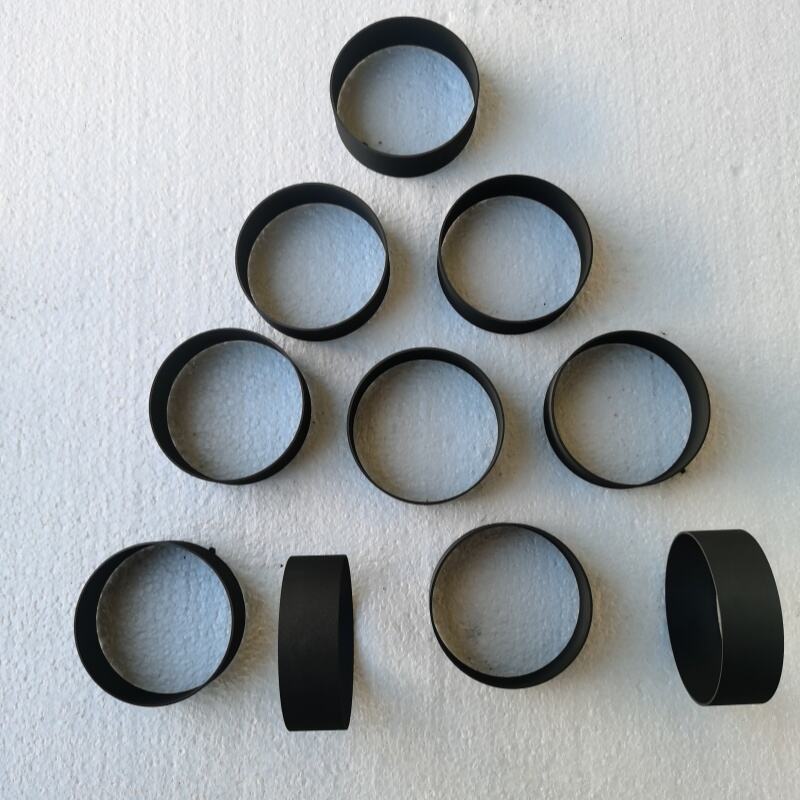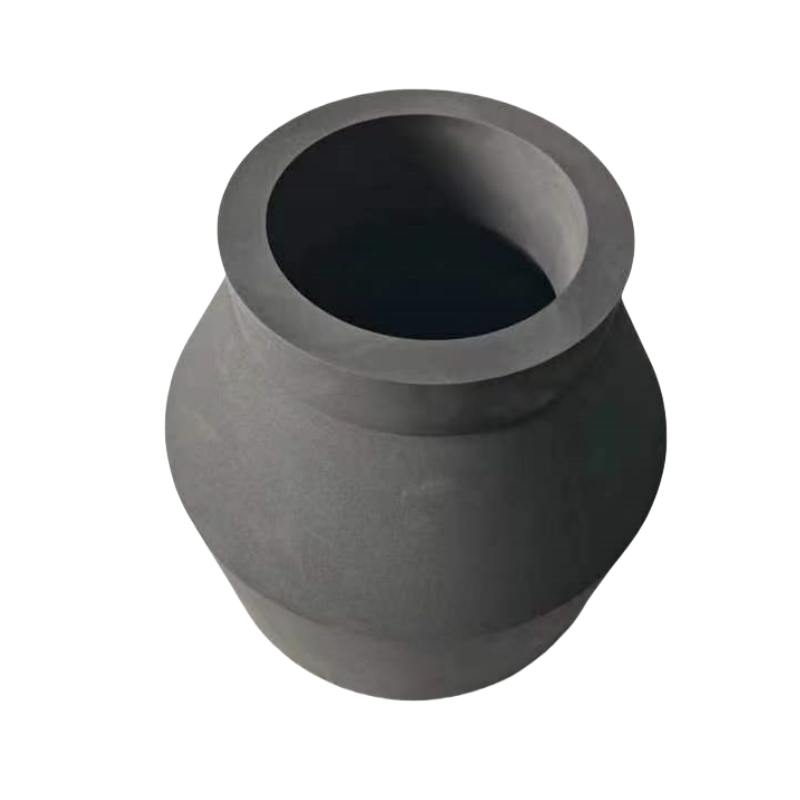graphite ingot mold
A graphite ingot mold represents a critical component in metal casting and manufacturing processes, serving as a specialized container designed for the solidification of molten metals into ingots. These molds, crafted from high-quality graphite material, offer exceptional thermal properties and dimensional stability during the casting process. The mold's primary function involves providing a controlled environment for metal solidification while maintaining precise shape formation. The technological features include superior heat resistance up to 3000°C, excellent thermal conductivity for uniform cooling, and remarkable chemical inertness that prevents contamination of the cast metal. These molds find extensive applications in precious metal casting, semiconductor manufacturing, and specialized metallurgical processes. Their unique graphite composition ensures minimal thermal expansion during heating and cooling cycles, resulting in consistent ingot dimensions. The molds also feature precisely engineered surfaces that facilitate easy release of the solidified ingots and promote uniform heat distribution throughout the casting process. In industrial applications, these molds prove invaluable for producing high-purity metal ingots, particularly in scenarios requiring precise temperature control and contamination-free casting environments.





